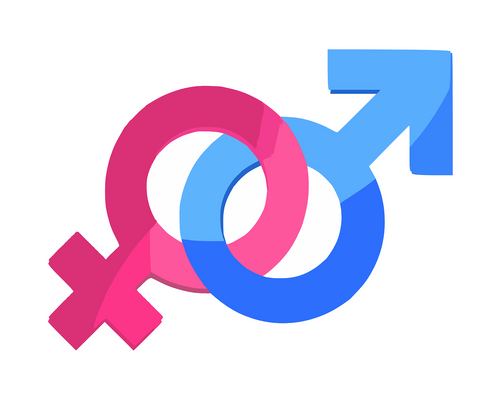4.3.1
Jonathan Harker
Jonathan Harker
Jonathan Harker
Jonathan is twice subject to Count Dracula’s villainy - first imprisoned in Castle Dracula and later suffering the gross indignity of failing to protect Mina from the Baptism of Blood.


Challenged masculinity
Challenged masculinity
- Jonathan’s masculinity is challenged throughout this novel. Essentially his role in the opening phase is as the Gothic heroine - trapped in a foreign, isolated locale, subject to the whims and will of an imposing male aristocrat.


Contrast to Dracula
Contrast to Dracula
- Even during his sexually-charged encounter with the female vampires, Jonathan plays the role of a passive victim and has to be ‘saved’ from their advances by the Count.
- Dracula is presented in a hyper-masculine manner, as the hunter-gather: he satiates the female-vampires’ lust for blood in bringing them the ‘meal’ of the young baby and is shown to have “imperious” command over all three, warning them that “This man belongs to me!”


Deep mental scars
Deep mental scars
- The mental scars the Count inflicts upon Jonathan run deep. Mina lovingly nurses him back to health in Buda-Pesth.
- Symbolically, once they are married, he begins to become more like his old self “holding [Mina] by the arm, the way he used to in the old days” only to moments later encounter Dracula again.


Avenging husband
Avenging husband
- Fittingly, it is Jonathan who deals one of the fatal blows to the Count in the final battle, fulfilling his role as avenging husband, and reasserting his masculinity with the “sweep and flash of [his] great knife” - a notable use of phallic imagery.
- Just as he began the narrative with his journal entries, his note - written seven years later - closes it, bringing it full-circle.


Hints of insecurity
Hints of insecurity
- However, even with the harmonious resolution, there are still hints of insecurity - remnants of his mental scarring as Jonathan doubts whether anyone would really accept these documents as “proofs of so wild a story.”
1Context - Gothic Literature
1.1Origins & Conventions of Gothic Literature
1.2Vampires in Gothic Literature
1.3'Terror' & 'Horror'
1.4Narrative Features
2Context - The Victorian Era
2.1The Victorian Era
3Chapter Summaries & Analyses
4Character Profiles
4.1Archetypal Gothic Characters
4.2Count Dracula
4.3Other Main Characters
4.4Minor Characters
5Key Ideas
6Writing Techniques
7Critical Debates & Interpretations
7.1Initial Reception of Dracula
7.2Modern Reception of Dracula
Jump to other topics
1Context - Gothic Literature
1.1Origins & Conventions of Gothic Literature
1.2Vampires in Gothic Literature
1.3'Terror' & 'Horror'
1.4Narrative Features
2Context - The Victorian Era
2.1The Victorian Era
3Chapter Summaries & Analyses
4Character Profiles
4.1Archetypal Gothic Characters
4.2Count Dracula
4.3Other Main Characters
4.4Minor Characters
5Key Ideas
6Writing Techniques
7Critical Debates & Interpretations
7.1Initial Reception of Dracula
7.2Modern Reception of Dracula
Unlock your full potential with Seneca Premium
Unlimited access to 10,000+ open-ended exam questions
Mini-mock exams based on your study history
Unlock 800+ premium courses & e-books